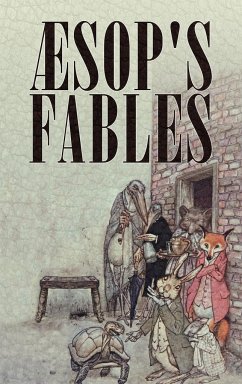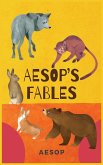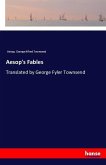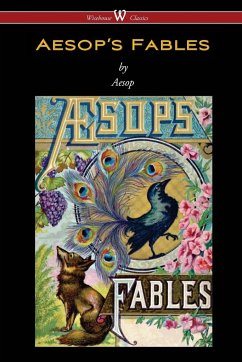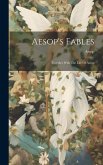Aesop is famous for his fables, each containing a nugget of insight and wisdom or moral which Aesop draws for the reader. This 1912 translation includes beautiful full color illustrations alongside ones rendered in black and white. Making this edition even more desirable is its foreword by G.K. Chesterton, the author of "The Everlasting Man."

